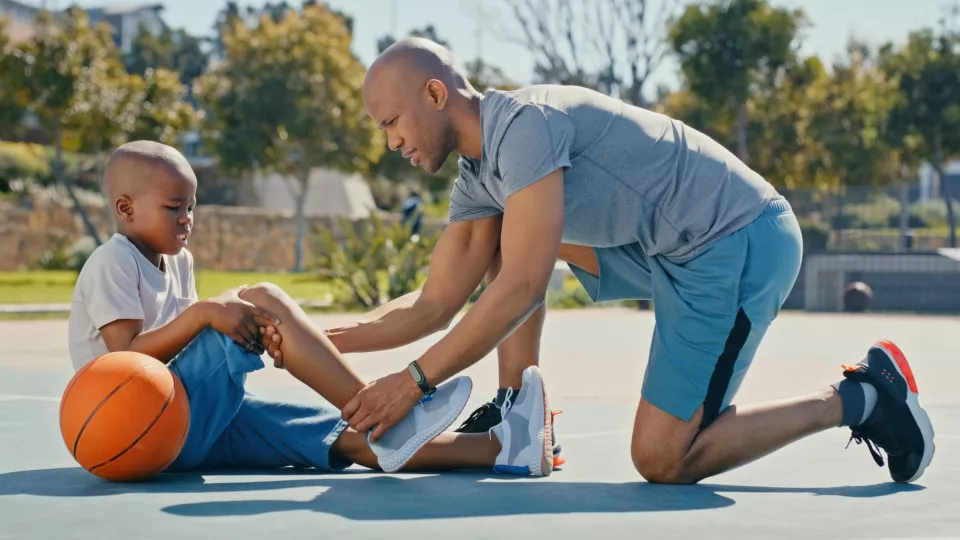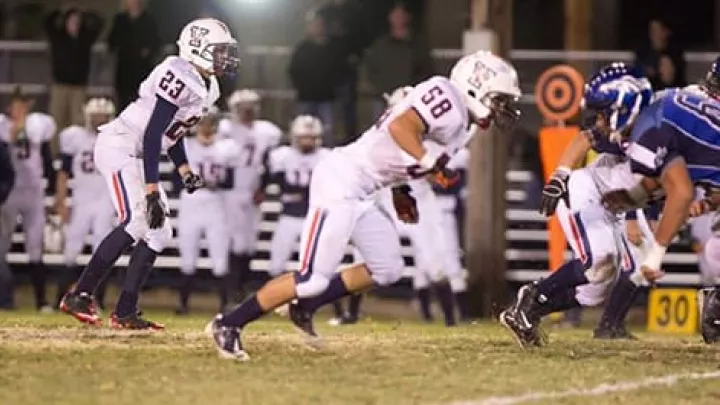
Knee Injuries: Causes and Symptoms
You likely have seen a professional athlete surrounded by training staff while lying prone on the field or court, grimacing and clutching a knee. Often, it’s in the immediate aftermath of an injury to the anterior cruciate ligament (ACL), a rubber band-like fiber that helps provide stability to your knee joint.
Yet ACL injuries don’t happen only to pro athletes; they can happen to anyone, and they certainly happen to kids. According to a clinical review on ACL tears in pediatrics, more than 250,000 occur annually in young, active individuals in the U.S.
With help from Children’s Hospital Los Angeles orthopedic surgeon Jennah Mann, MD, FRCSC, MHCDS, Surgical Director of the Sports Medicine Program within CHLA’s Jackie and Gene Autry Orthopedic Center, we explain the causes and symptoms of ACL injuries so you’ll know if your child may have suffered one.
How do ACL knee injuries happen?
“ACL injuries typically occur during high-intensity sports that require quick movements such as pivoting, swerving, or jumping,” Dr. Mann says.
Sports where knee injuries are most often seen are soccer, skiing, basketball, gymnastics, volleyball, and football. Dr. Mann notes that ACL injuries often don’t result from any contact at all. The American Academy of Orthopaedic Surgeons reports that about 70 percent of ACL injuries in athletes are not caused by contact.
FAST FACT: Most ACL injuries among athletes are not caused by contact.
Common ways an ACL can be injured include:
- Quick changes in direction
- Sudden stops
- Decelerating from running
- Incorrect landings after a jump
- Direct contact or collision, such as a football tackle
Signs of an ACL tear

“ACLs tear from excessive stress put on the knee,” Dr. Mann says. When this happens, the knee is forced out of place and the ligaments connecting the femur and tibia—the thighbone and shinbone, respectively—are stretched too far and can tear. A child with a torn knee ligament will experience some of the following symptoms:
- Audible “popping” from the injured knee
- Knee instability
- Intense pain
- Swelling
- Inability to walk or put weight on the injured leg
- Loss of full range of motion
If your child demonstrates any of these symptoms after suffering a knee injury, a torn ACL may be the reason. Dr. Mann says to seek medical attention, as the sooner you can get a diagnosis and a treatment plan, the sooner recovery and rehabilitation can move forward.


